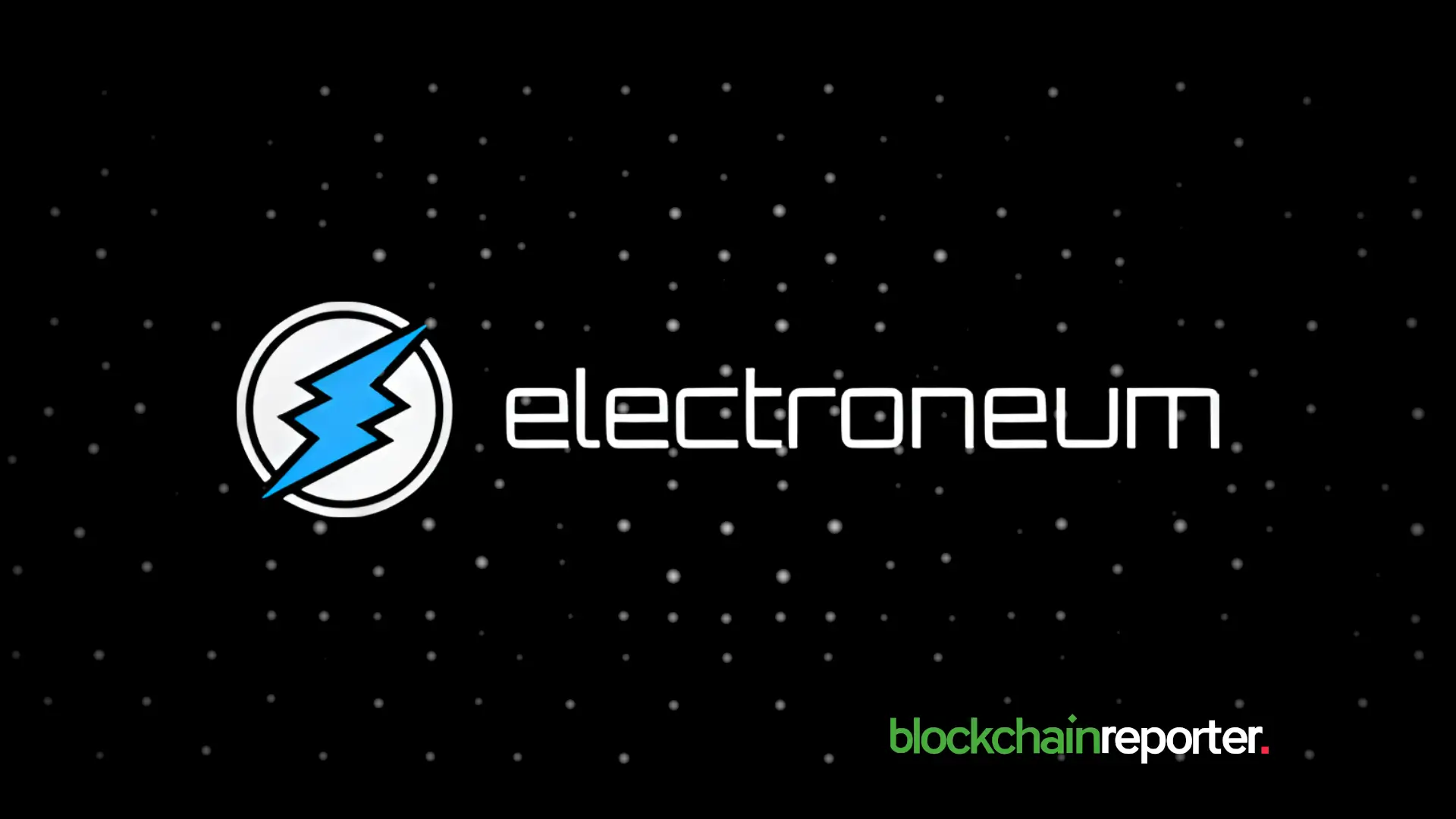Bitcoin ETF IBIT Secures $2.48B Weekly Inflows as U.S. Fund Rotation Gathers Pace



- IBIT leads Bitcoin ETF inflows with $2.48B, now eighth in YTD ETF flow rankings.
- Grayscale’s GBTC sees continued outflows as investors shift to low-cost alternatives.
- VOO tops all ETFs with $3.93B in weekly inflows despite negative YTD performance.
Investor flows into U.S.-listed exchange-traded funds (ETFs) totaled $12.98 billion over the past week, signaling sustained participation across equities, fixed income, and digital asset segments. BlackRock’s iShares Bitcoin Trust (IBIT) drew particular attention, recording $2.48 billion in inflows, the second-highest among all ETFs.
IBIT’s performance stood out with $2.48 billion in inflows over the past week, contributing to $3.83 billion for the month. The fund’s year-to-date return of 4.03% and increasing demand have propelled it to eighth place in 2025’s ETF flow rankings, a steep climb from being outside the top 50.
Its assets under management now total $59.64 billion, indicating its dominance among U.S.-based Bitcoin ETFs. According to analysts, large inflows could be attributed to a resurgence in hedge fund basis trading strategies and interest from institutional investors following the decoupling between Bitcoin and broader market indices.
Despite the influx being concentrated in a single fund, at least ten spot Bitcoin ETFs reported net inflows for the week, suggesting sector-wide interest. However, the disproportionate allocation toward IBIT marks a shift in market preference toward low-cost, high-liquidity options.
Grayscale and Fidelity Show Contrasting Flows
While IBIT gained traction, Grayscale’s GBTC saw continued net outflows. Over the past month, GBTC recorded a loss of $210.82 million, including a $58.61 million weekly outflow. The trend reinforces ongoing investor migration away from legacy products with higher fees.
Fidelity’s FBTC experienced a $201.09 million outflow for the week, despite a net monthly inflow of $151.71 million. This variance indicates short-term fluctuations in sentiment, possibly tied to volatility or rebalancing strategies within institutional portfolios.
Smaller funds such as HODL and BTCW posted modest activity. HODL saw a net monthly gain of $30.18 million, while BTCW lost $17.12 million. Franklin Templeton’s BRRR ETF followed a downward pattern with $26.52 million in monthly outflows.
Cumulatively, spot Bitcoin ETFs attracted nearly $4 billion in net inflows for the month, with IBIT accounting for most of that capital.
Traditional ETFs Hold Ground Amid Digital Surge
VOO from Vanguard collected the most overall ETF inflows of the week with $3.93 billion. Even though the fund has a –3.02% YTD return, it still enjoyed continued investor support seeking long-term exposure to U.S. large-cap equities.
International-focused funds also gained momentum. Newfound interest in non-U.S. markets was evident in gains of $1.37 billion for the iShares Core MSCI Total International Stock ETF (IXUS) and $1.06 billion for the iShares International Quality ETF (IQLT). In fixed income, the SPDR Bloomberg 1–3 Month T-Bill ETF (SGOV) amassed $1.21 billion in inflows, reflecting continued appetite for Treasuries with minimal exposure to longer duration, as those in power continue to ponder rate policy.
Despite a total return market-wide decline of –211.22% YTD on specific metrics, investors are not pulling money out of the markets but reallocating their capital with an eye toward liquidity, diversification and asset efficiency.

Bitcoin Sees Tight-Ranged Price Movement as Liquidity Pressure Builds
As per the latest data, if Bitcoin $BTC fails to sustain the present support cluster, it could move ...

Electroneum Hackathon Drives Innovation in the Web3 Space
Electroneum Hackathon 2025 awarded $52.5K in ETN to dApp developers, spotlighting cutting-edge innov...

Casper 2.0 Goes Live on Mainnet, Positioning Casper Network for the Real-World Asset Era
Zug, Switzerland, 6th May 2025, Chainwire...

